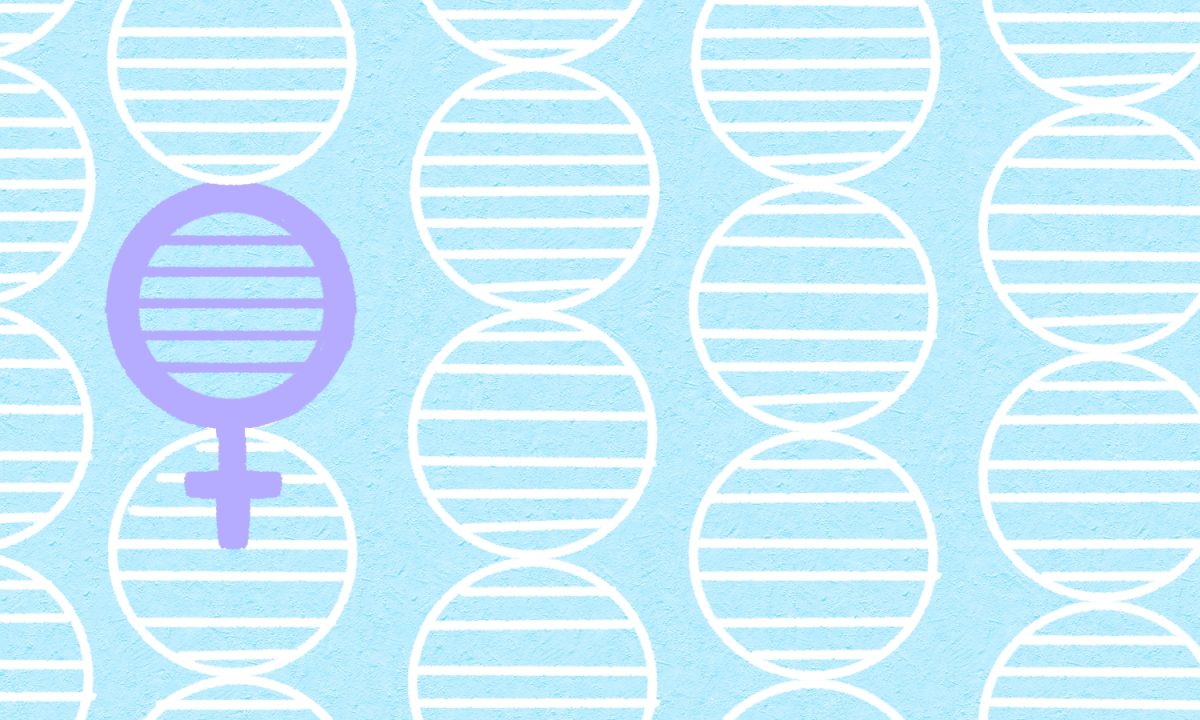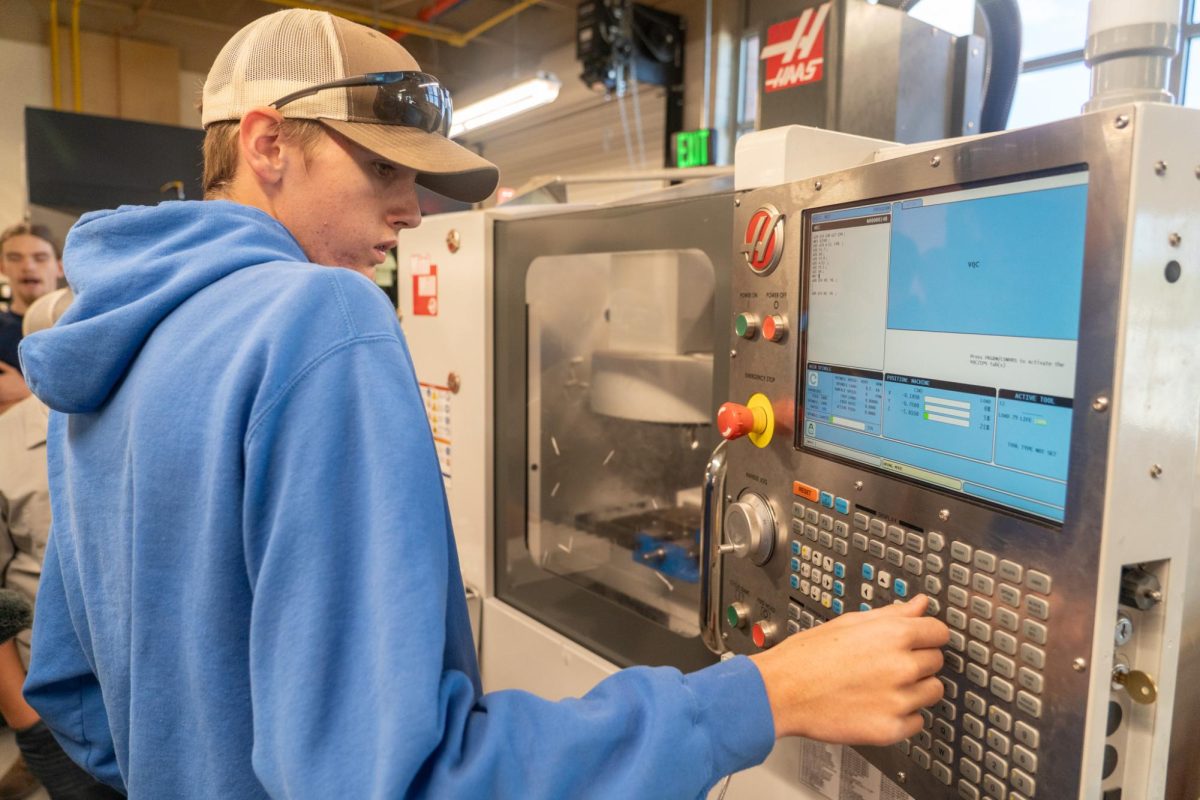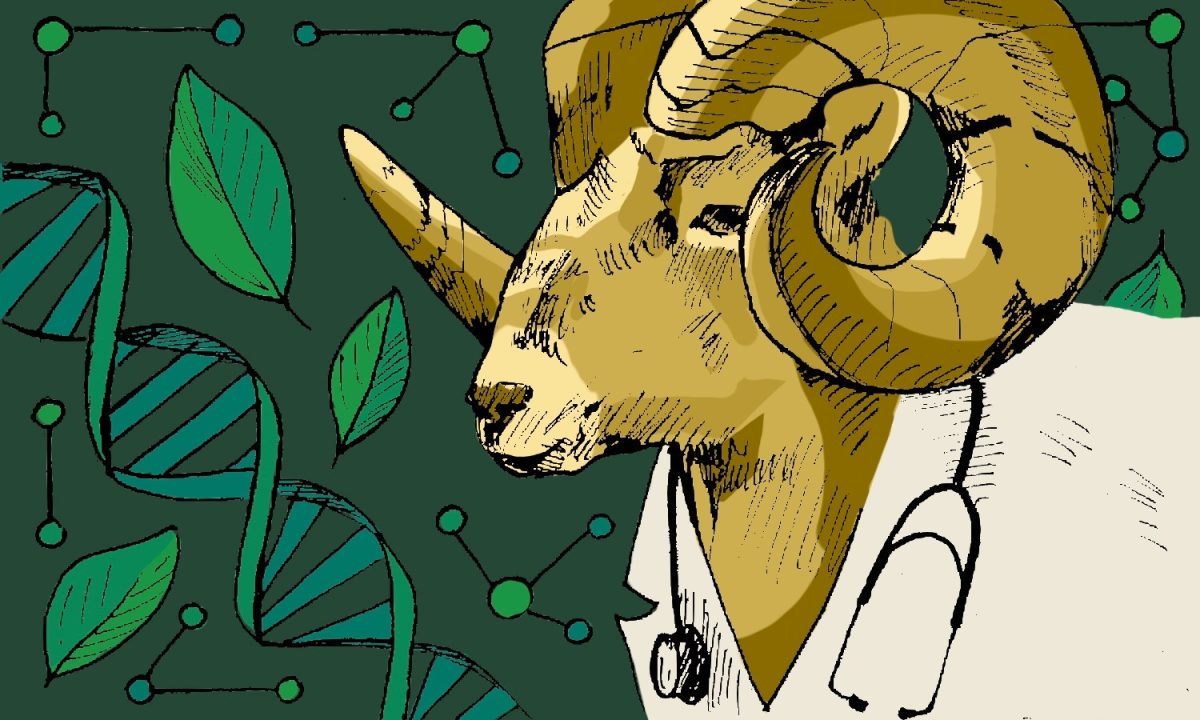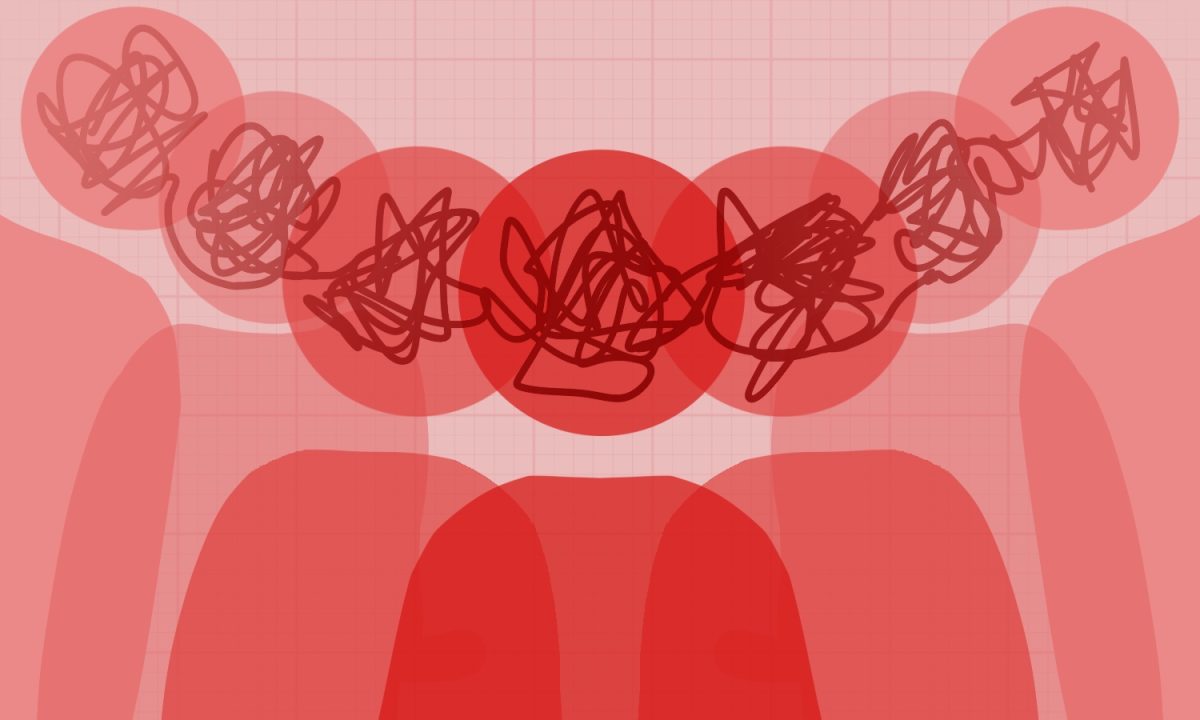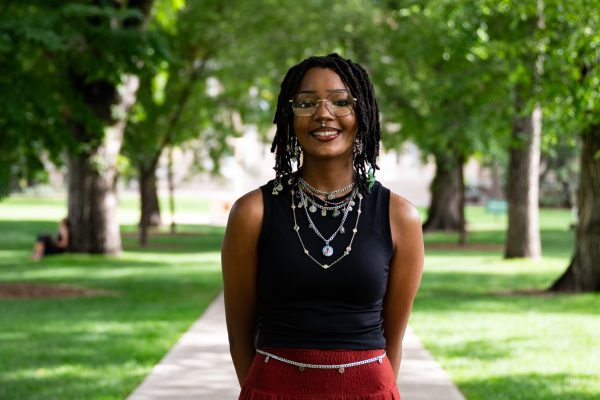Editor’s Note: Read the Spanish version of this article here.
In 1970, women made up only 8% of workers in STEM fields, according to the United States Census Bureau. Over 50 years later, women make up 27% of workers in STEM fields as of 2019. While this is a significant increase from what it used to be, women are still underrepresented in the field.
In addition, women continue to make less than their male counterparts in the same fields.
“I didn’t know this at the time, but I wasn’t getting paid as much as my male counterparts,” said Jennifer McLean, associate department head for undergraduate education in the department of microbiology, immunology and pathology at Colorado State University. “I noticed a couple men that were doing almost exactly what I was doing (who) were making twice as much as me.”
Facing underrepresentation and lower wages, women also have another major struggle in their fields: not receiving credit for their contributions.
“So many other women in science and marginalized people in general made scientific discoveries and did not get credit.” -Jennifer McLean, department of microbiology, immunology and pathology associate department head for undergraduate education
Take the story of the discovery of the structure of DNA, for example: While the double-helix structure of DNA is a common sight in biology textbooks, there was a time when scientists were unsure what DNA looked like and, therefore, how it functioned. Finding the structure of DNA was a vital task, as it helped explain how it holds genetic information.
James Watson and Francis Crick are the two names typically associated with the discovery of the structure of DNA. They were the ones who built the first model of DNA. Watson and Crick even won the 1962 Nobel Prize in Physiology or Medicine along with Maurice Wilkins for their breakthrough discovery. However, they failed to recognize the essential contributions of a woman scientist: Rosalind Franklin.
“Without (Franklin), I don’t think (Watson and Crick) would’ve been able to do what they did,” said Katriana Popichak, an assistant professor in the department of microbiology, immunology and pathology at CSU.
Franklin was a chemist also working toward finding the structure of DNA. She had a laboratory at King’s College London, where she captured the first pictures of DNA using X-ray crystallography. She captured photos of two forms of DNA she called A form and B form. A particular photo of the B form, referred to as Photograph 51, became a critical piece of evidence for the double-helix model of DNA.
“When I think of Rosalind Franklin, I think of the person who helped discover the double helix,” Popichak said. “And I immediately think of Watson and Crick stealing her thunder.”
Franklin’s photos, including Photograph 51, went on to inspire the model built by Watson and Crick. However, Franklin was unaware that Watson and Crick had seen her pictures. Wilkins, who was an estranged colleague of Franklin, showed the pair her pictures without Franklin’s knowledge.
Without Franklin’s photographs, it is possible that it would have taken many more years for Watson and Crick to create their model of DNA. Despite her vital contribution, Franklin did not receive any recognition for her photos when Watson, Crick and Wilkins won the Nobel Prize.
Exposure to the radiation Franklin used to photograph DNA eventually killed Franklin. By the time the public recognized her contributions to the discovery of the structure of DNA, she had already died, and a Nobel Prize cannot be awarded posthumously.
“So many other women in science and marginalized people in general made scientific discoveries and did not get credit,” McLean said.
Although Franklin is now recognized for her contribution to the discovery of the double helix, her situation contributes to the acknowledgment of the gender gap in STEM fields in more areas than one.
“It’s 2024, so I’d like to say that (the gender gap) is not an issue,” Popichak said.
While there are still discrepancies for women and other minorities within STEM fields, there have been significant advancements for them, and those at CSU hope to continue inspiring women hoping to go into these fields.
“It’s an exciting field to get into,” McLean said. “There are more women than ever before in this field.”
Reach Hana Pavelko at science@collegian.com or on Twitter @hanasolo13.



